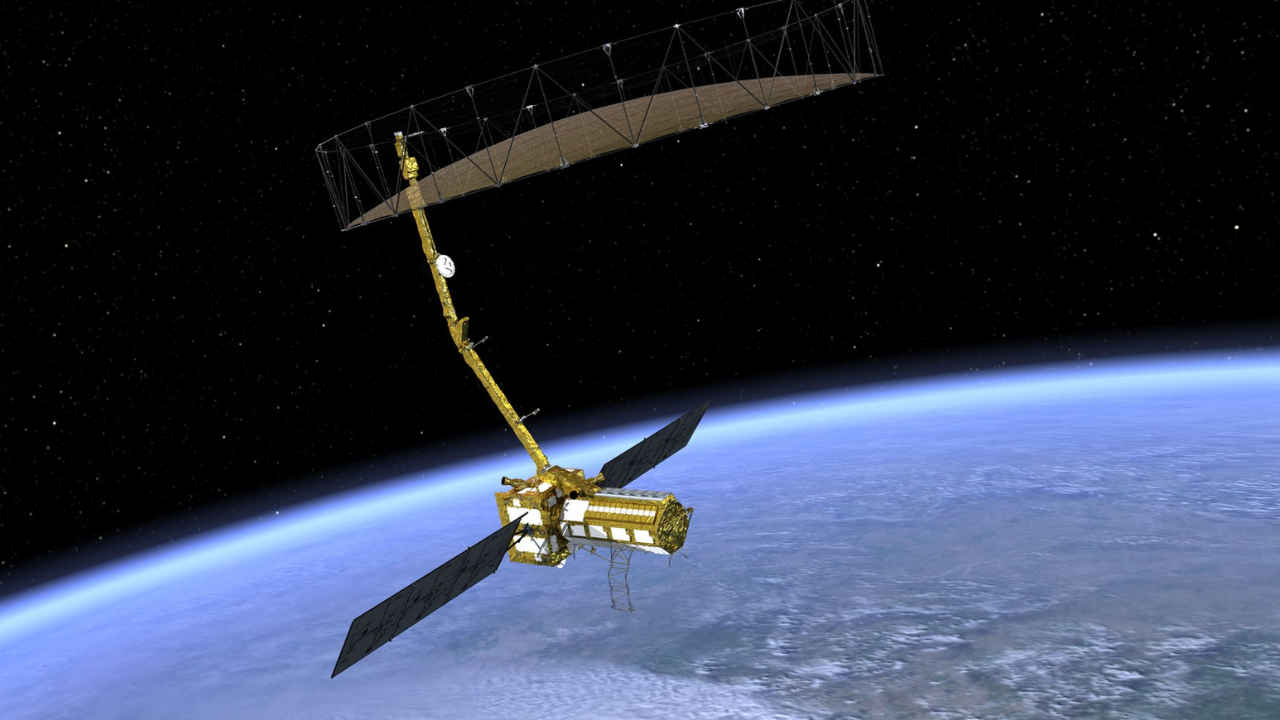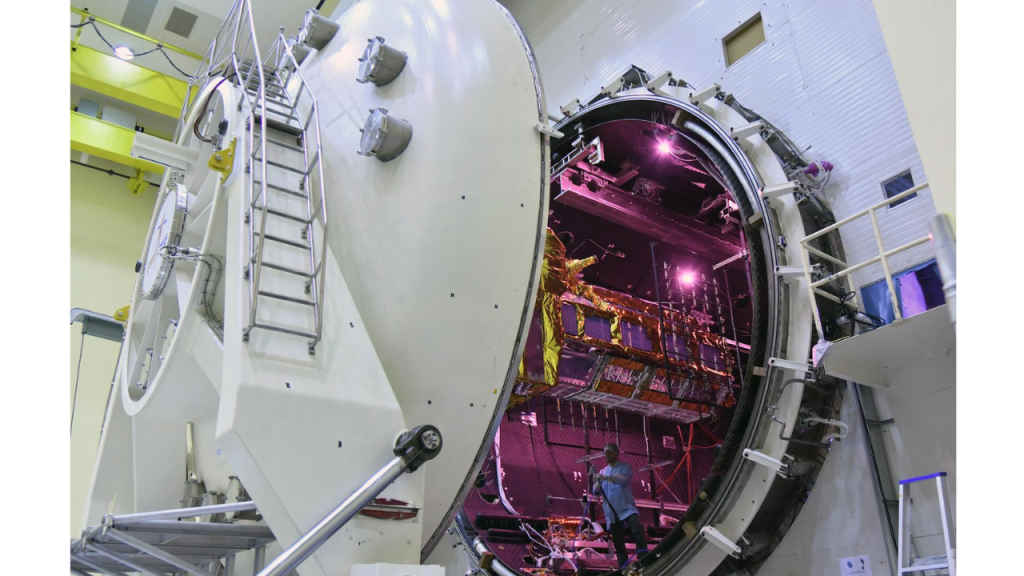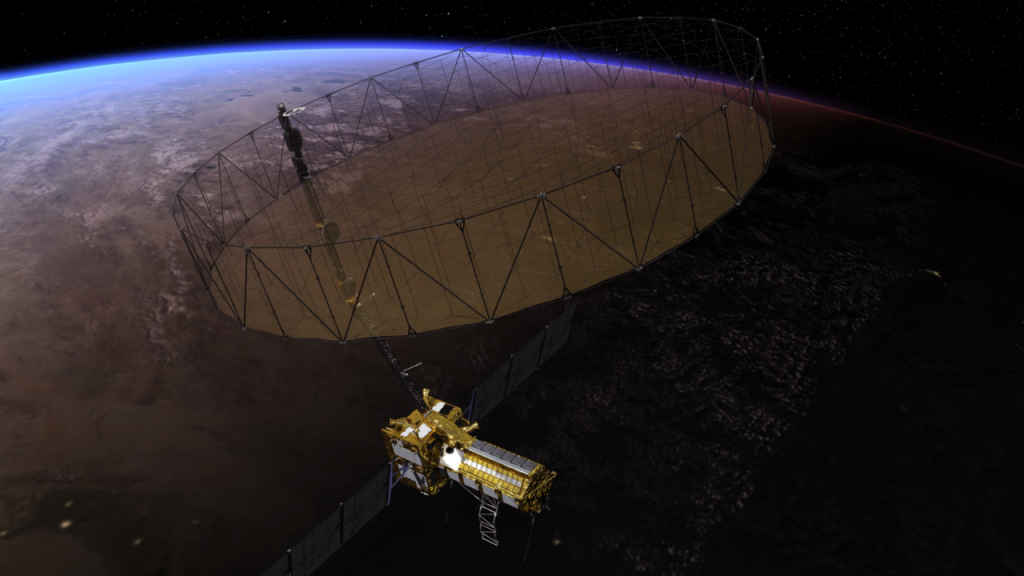NASA nears completion of NISAR satellite, ISRO can launch it only after Feb 2025

NASA's work on the radar antenna reflector for the NASA-ISRO Synthetic Aperture Radar (NISAR) satellite is nearing its final stages in California.
The NISAR mission is a landmark collaboration between NASA and the Indian Space Research Organisation (ISRO).
The satellite's launch cannot occur between early October 2024 and early February 2025.
NASA’s work on the radar antenna reflector for the NASA-ISRO Synthetic Aperture Radar (NISAR) satellite is nearing its final stages in California. This vital component is currently undergoing testing to ensure it will deploy correctly after the satellite’s launch from India.
The NISAR mission is a landmark collaboration between NASA and the Indian Space Research Organisation (ISRO), pooling the knowledge and resources of both agencies to enhance our understanding of Earth’s changing systems.
Also read: Sunita Williams’ return to Earth moves closer as Starliner completes docked hot fire test

The drum-shaped reflector, measuring about 39 feet (12 meters) across, is one of NASA’s key contributions to this joint mission with the Indian Space Research Organisation (ISRO), reports India Today. It is designed to send and receive microwave signals, allowing NISAR to scan almost all of Earth’s land and ice surfaces twice every 12 days. This capability will provide valuable data on various natural processes, such as ecosystem disruptions, ice-sheet melting, and natural hazards like earthquakes and landslides.
Also read: NASA selects Elon Musk’s SpaceX to provide launch services for JPSS-4 mission: All details here

In March, the reflector was transported back to California from India, where it underwent preparations, including the application of reflective tape. These measures are essential to manage temperature changes that could interfere with the reflector’s deployment. Following successful testing, NASA plans to send the reflector to an ISRO facility in Bengaluru, where it will be reassembled with the rest of the radar system by teams from NASA’s Jet Propulsion Laboratory and ISRO.
However, the satellite’s launch cannot occur between early October 2024 and early February 2025. NASA has indicated that launching during this period could expose the satellite to alternating periods of sunlight and shadow due to the Sun’s position. These temperature fluctuations might affect the deployment of NISAR’s boom and radar antenna reflector. Once operational, NISAR will deliver unparalleled data, aiding scientists in monitoring environmental changes and responding to natural disasters, thereby supporting global climate science and disaster management efforts.
Ayushi Jain
Tech news writer by day, BGMI player by night. Combining my passion for tech and gaming to bring you the latest in both worlds. View Full Profile




